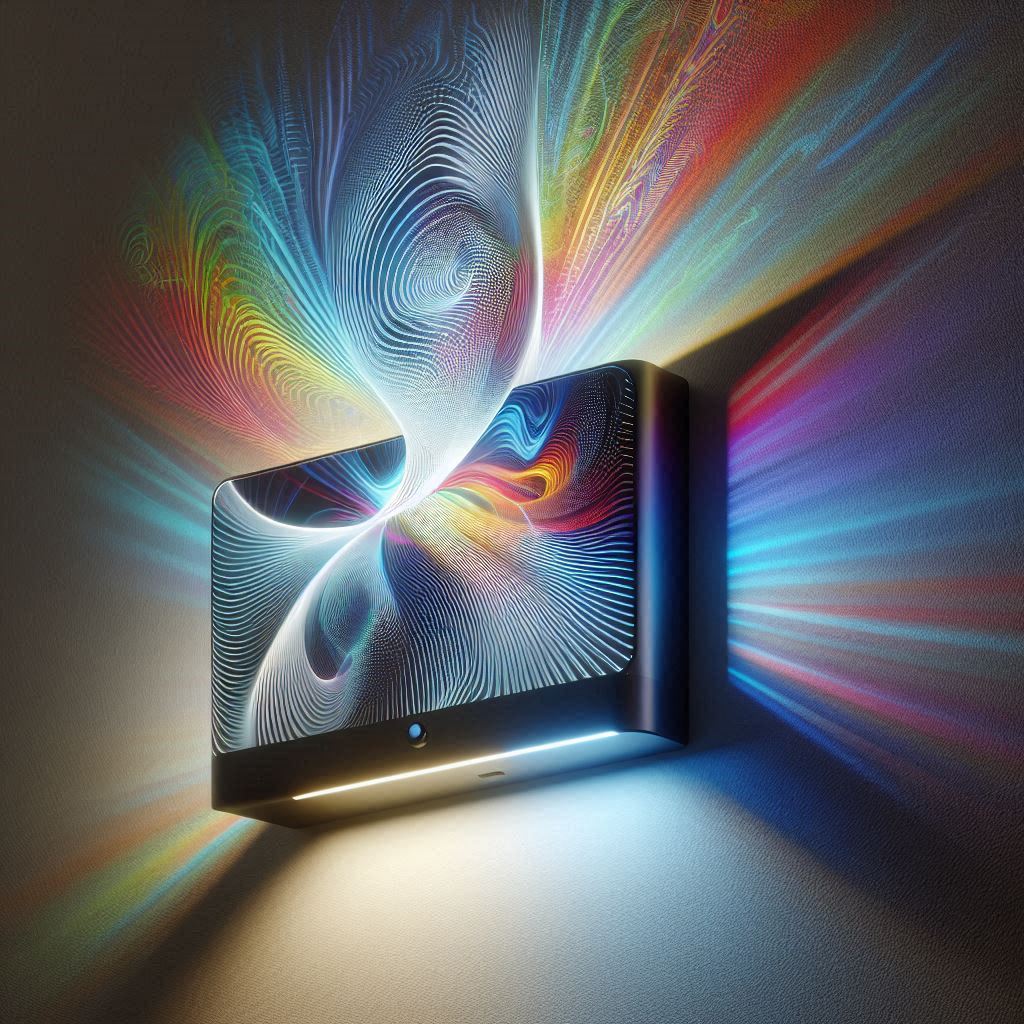The lighting industry is rapidly evolving, and augmented reality (AR) is playing a major role in pushing the boundaries of what’s possible. Among the latest innovations, AR wall lights are capturing attention for their ability to blend digital experiences with physical spaces, transforming how we interact with lighting. Whether you’re a tech enthusiast or a design aficionado, augmented reality wall lights offer a glimpse into the future of home and commercial lighting.
What Are Augmented Reality Wall Lights?
Augmented reality wall lights are lighting systems that integrate AR technology, allowing users to superimpose digital images or interactive elements onto real-world walls through the use of devices like smartphones, tablets, or AR glasses. These lights don’t just illuminate spaces—they can project virtual designs, patterns, and colors that adapt to the environment, adding a dynamic layer to your interior décor.
Imagine a blank wall being transformed into a stunning art piece, with light that moves and interacts with you based on your movements or preferences. These lights can be customized to reflect different moods, settings, or even the time of day, giving users complete control over their environment.
The Technology Behind AR Wall Lights
The core concept of AR wall lights relies on a combination of advanced sensors, projection systems, and AR interfaces. Here’s how it works:
1. Sensors and Mapping: AR wall lights use sensors to map the layout of a room and understand its dimensions. This allows the AR system to “project” virtual light designs accurately onto walls and ceilings.
2. Digital Layer Integration: Once the room is mapped, digital light designs—anything from moving patterns to virtual objects—can be displayed on the walls through devices like AR headsets or projectors. The designs respond in real time to user inputs or environmental changes.
3. Smart Control Systems: These lights are often integrated with smart home systems, allowing you to control and customize the experience through mobile apps or voice commands. You can adjust brightness, colors, and patterns to match the ambiance or theme of the room.
Applications of AR Wall Lights
The potential applications of augmented reality wall lights are vast and can serve both functional and aesthetic purposes.
1. Home Décor and Customization: AR wall lights offer a unique way to personalize living spaces. Want your walls to mimic the aurora borealis or shift between different art styles? AR wall lights can turn these ideas into reality, without the need for physical artwork or décor pieces.
2. Commercial Spaces and Retail: Retailers and businesses can use AR wall lights to create engaging and interactive environments for customers. By integrating AR lighting, stores can project virtual advertisements, directions, or interactive art onto walls, adding a futuristic touch to the shopping experience.
3. Entertainment and Events: Imagine attending a concert or an art exhibit where the walls around you are constantly shifting and interacting with the performances or artworks on display. AR wall lights can be programmed to enhance live performances and create immersive, responsive environments.
4. Education and Training: AR wall lights can be used in educational settings to create interactive learning environments. Teachers can project educational content, animations, or diagrams on classroom walls, making learning more engaging and dynamic.
The Future of AR Wall Lights
As AR technology continues to evolve, augmented reality wall lights are expected to become more sophisticated and accessible. With advancements in projection systems, sensor accuracy, and smart controls, we could see these lights become a standard in both residential and commercial settings.
One of the most exciting future possibilities is the integration of AR wall lights with other smart devices and platforms. Imagine combining AR lighting with virtual assistants like Alexa or Google Assistant, allowing users to control their lighting with voice commands, or using AR wall lights to interact with smart home security systems to display alerts and warnings directly onto walls.
Challenges and Considerations
Despite the impressive potential, there are still challenges to overcome before AR wall lights become mainstream. The need for accurate sensors and projectors, as well as compatibility with various devices, can make this technology costly. Additionally, privacy concerns may arise, especially in commercial spaces where interactive lights could potentially collect user data.
However, as the technology matures and becomes more affordable, augmented reality wall lights are poised to revolutionize the way we think about lighting design and functionality.
Conclusion
Augmented reality wall lights represent the next step in the fusion of technology and interior design. Offering endless customization options and the ability to create interactive, dynamic environments, AR wall lights are redefining the role of lighting in our everyday lives. From homes to commercial spaces, the future of lighting is bright—quite literally—with augmented reality illuminating the way forward.

